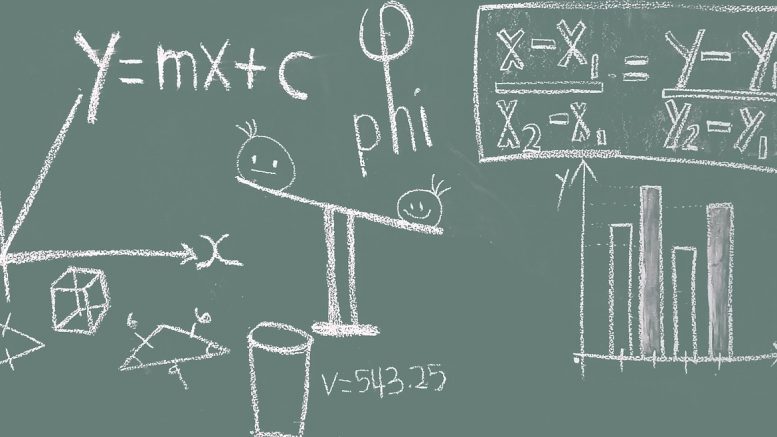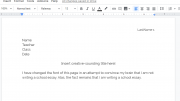Last week, we covered how to write English and History essays. However, soon most of us will find ourselves in MI-3 – or might be taking it currently – and then, probably for the first time ever, we’ll be writing math essays.
The concept of a math essay sounds completely foreign to most. How can you write an essay about numbers? Basically, a math essay is a long-winded lab report that features a section on real world applications. Here are some things to consider when writing in the unique style that is the math essay:
- Pay attention to your teacher’s required formatting. These essays will probably have some very specific formatting requirements, ranging from how you write out your equations, to where your graphs are positioned, and even how wide the margins are. Don’t zone out when your teacher is covering this, and don’t hesitate to ask if you’re confused about something. Before you turn in your finished product, make sure to give it a thorough sweep for any formatting issues you might’ve missed.
- Don’t neglect either of the two steps. There will be two main steps to your paper — data analysis and writing the paper itself. During the data analysis, you will use the spreadsheet program of your choice to create tables and charts of your data. Keep careful track of what you’ve done, so you can perfectly recount your steps in your paper. After a week of this, you’ll get to writing your actual paper. This step is just as important, as it’s here where you explain everything you did and why you did it.
- Be thorough. This applies to any essay, but especially with math essays, make sure you don’t miss a step of what you did. You don’t want to leave any assumptions up to the reader. Imagine you are writing a paper for someone who’s never seen this project before. They should be able to replicate it exactly as you did it after having read the paper. This isn’t an excuse to be long-winded, however. Your explanations should also be clear and concise. If you explain everything you did in clear language and use appropriate charts, you won’t have to worry about length.
- Don’t be afraid to use plenty of graphs and tables — but separate them from each other. Don’t hesitate to use graphs and tables as the helpful tools they are, showing each step you made throughout your process. However, make sure you don’t have pages of graphs and tables all in a row, either. You should have some text detailing what you did, after all.
- Consider using Google Docs/Sheets. You’ll be working with a partner, so using Google Docs and Sheets over Microsoft Word and Excel might help you out a great deal. This way, you can co-analyze and co-write with your partner directly, instead of awkwardly stumbling through sharing data with each other.
- Divide and conquer. Your assignment will likely have some clear-cut steps, so make sure to use those to divide up the work evenly. You want to have a clear understanding of every step, but you also don’t want to have to do everything yourself, so strike a balance between you and your partner.
In the end, don’t be afraid of the math essay. It may seem a little confusing at first, but as long as you follow your teacher’s directions, go to them for guidance, and work hard, you should be just fine. Then, when the second math paper comes (because it will), you’ll know just what to do.






Be the first to comment on "How to IMSA: Math Essays"